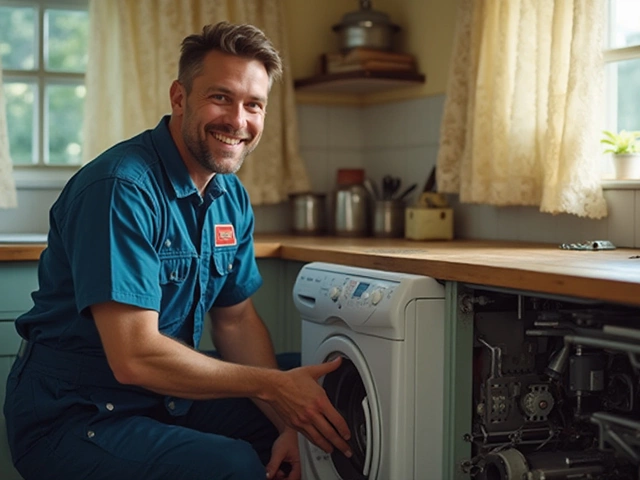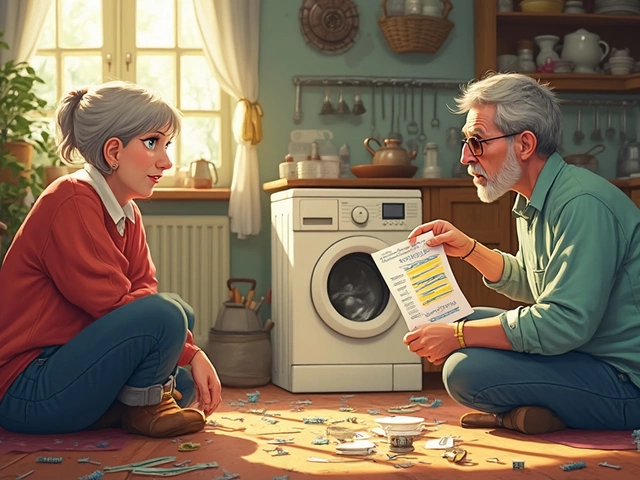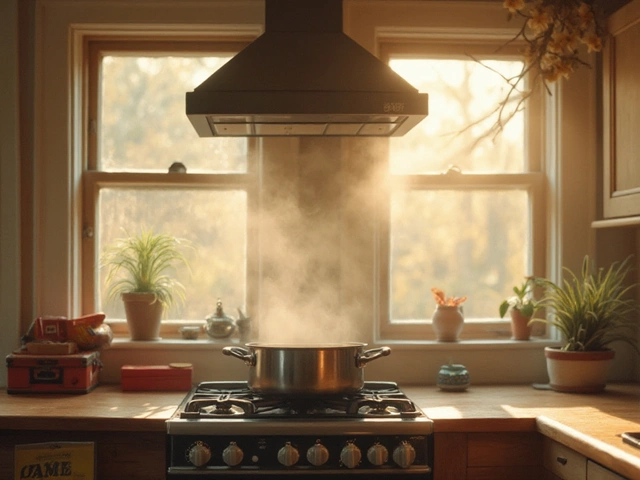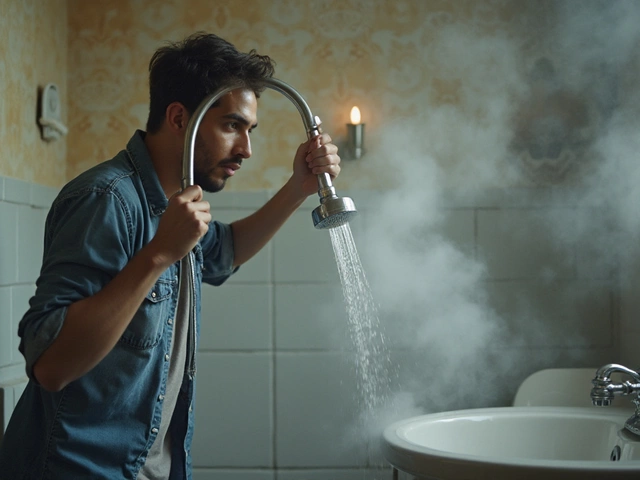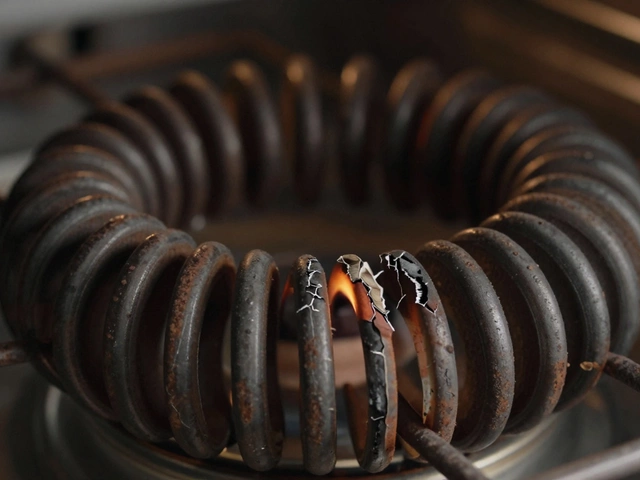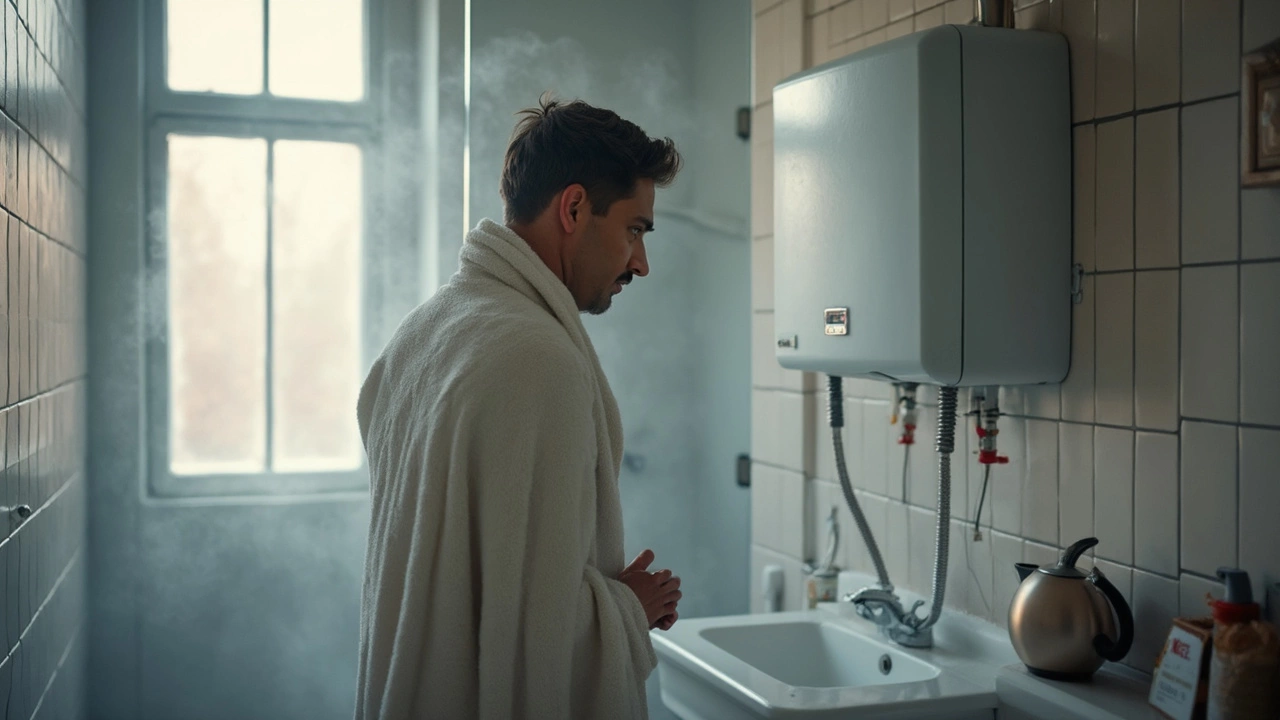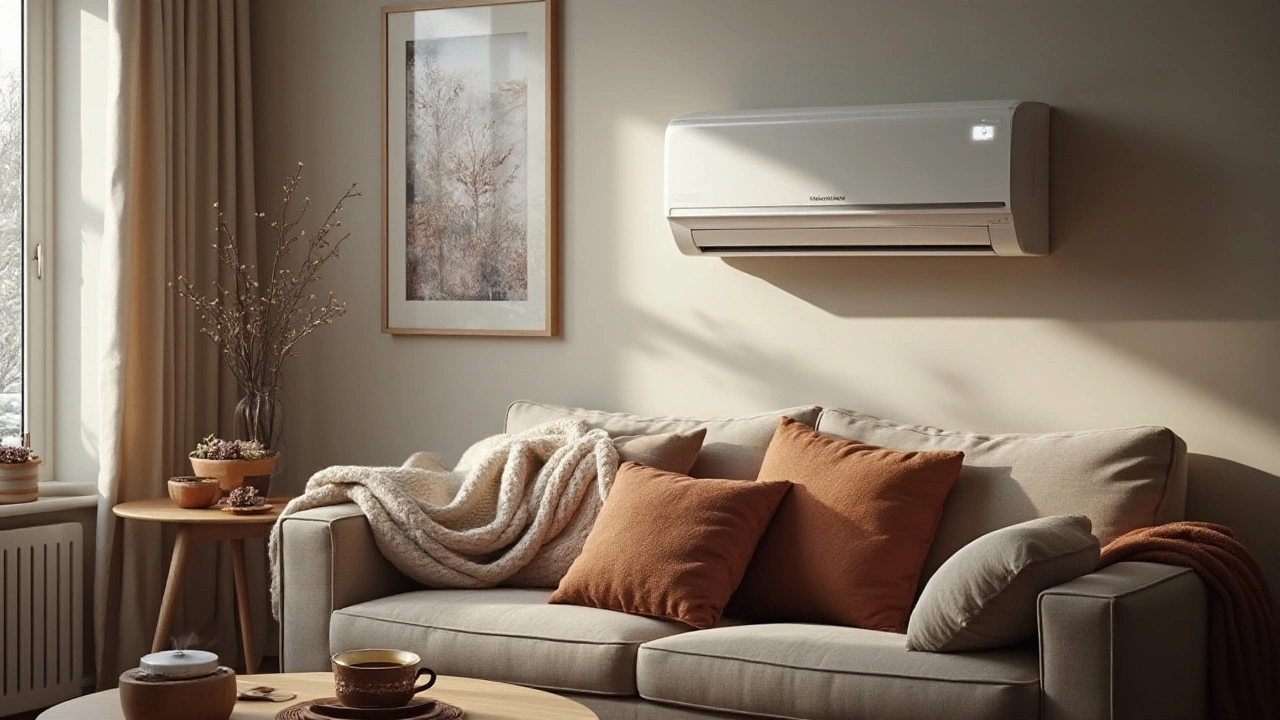Heating Issues: Common Problems and How to Fix Them
When the temperature drops, a dead heater feels like a personal catastrophe. Whether it’s a boiler that’s gone silent, a heat pump that won’t blow warm air, or a water heater that suddenly serves cold, the frustration is real. The good news? Most heating failures share a handful of tell‑tale signs, and many can be diagnosed and even fixed before you call a pro.
Spotting the Most Common Heating Problems
Boiler won’t fire up. If you hear no ticking or whirring when you turn the thermostat on, check the pressure gauge first. A drop below 1 bar usually means the system has lost water and needs a top‑up. While you’re at it, bleed any radiators that look noisy – air pockets can stop heat from circulating.
Heat pump blows cold air. A heat pump may be in defrost mode or have a clogged outdoor coil. Turn the unit off for a few minutes to let the defrost cycle finish. Then, clean the coil with a soft brush and make sure the fan isn’t blocked by leaves or debris.
Water heater delivering lukewarm showers. Sediment buildup at the bottom of the tank reduces heating efficiency. If you’re comfortable with a little DIY, drain a few gallons of water from the tank to flush out the grit. Always shut off the power or gas before you start.
Quick Fixes You Can Try Today
1. Reset the thermostat. Many modern thermostats have a reset button or can be rebooted by turning the power off for a minute. This simple step clears any software hiccups that might be preventing the call for heat.
2. Inspect the circuit breaker. A tripped breaker will cut power to electric boilers, heat pumps, or immersion heaters. Flip it back on and see if the system comes back to life.
3. Check for error codes. Most boilers and heat pumps display a flashing LED or numeric code when something’s wrong. A quick glance at the user manual (or a fast Google search) will tell you whether it’s a sensor issue, a low‑water fault, or a more serious component failure.
4. Look for leaks. Small drips around the boiler or water heater can cause pressure loss and trigger safety shutdowns. Tighten any loose fittings you can see, but don’t over‑tighten – you might crack a pipe.
If none of these steps restore heat, it’s time to call a qualified technician. Trying to fix a gas‑powered boiler or a complex heat‑pump compressor without proper training can be dangerous and may void warranties.
Remember, regular maintenance is the best defense against heating breakdowns. Schedule an annual service for your boiler, clean your heat‑pump’s outdoor unit before the cold season, and flush your water heater every two years. A little proactive care can keep your home warm and your bills low all winter long.
